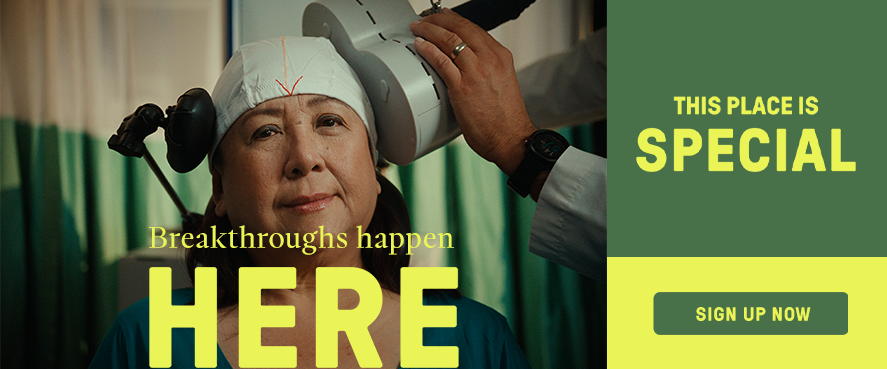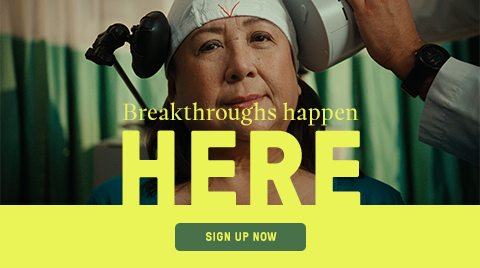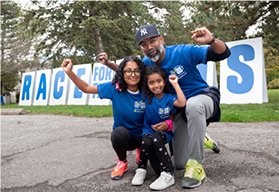Precision radiation is destroying tumours without harming quality of life
I'd like to support life-saving innovation at Sunnybrook
Donate nowBradley Chapman wasn’t about to let prostate cancer get in the way of his volunteer work. When it came time to schedule his brachytherapy treatment at the Odette Cancer Centre, Bradley requested it take place on a Thursday so he could make his weekly delivery of bread to homeless shelters the following Wednesday.
“It took probably an hour to line everything up, minutes for the treatment, and then they cleaned me up and sent me home. Six days later I was doing my bun run,” says the 75 year old.
The fact that Bradley was able to return to the activities of his daily life so quickly is a testament to the minimally invasive, highly targeted nature of his treatment. High-dose-rate brachytherapy involves the temporary placement of tiny radioactive seeds directly into tumours, enabling doctors to strike cancer with high doses of radiation.
Compared to conventional external-beam radiation therapies, brachytherapy more effectively spares healthy tissue and limits side-effects, such as skin irritation, nausea, fatigue and more. Equally, brachytherapy poses less risk than surgery of causing complications like urinary incontinence and sexual dysfunction.
I thought, I’m not a young guy anymore, so surgery’s probably not a great thing.
Bradley and his Sunnybrook oncologist discussed conventional radiation and surgery as possible ways to treat his cancer, but Bradley was reluctant. “I thought, I’m not a young guy anymore, so surgery’s probably not a great thing.” He was also reticent to undergo external-beam radiation therapy, which would have required daily treatment sessions for as many as eight weeks.
Bradley is one of the approximately 300 brachytherapy patients the Odette Cancer Centre treats annually, making it the largest such single-institution program in North America. The centre, a longtime brachytherapy pioneer, will soon be home to a one-of-a-kind suite where the treatment will be guided in real-time by magnetic resonance imaging.
As a result, doctors will be able to target tumours with unprecedented precision. For patients, this will mean more effective treatment with even fewer side-effects. Real-time MRI offers another critical benefit: It will allow doctors to adjust radiation dosage and seed placement while brachytherapy is being delivered, because they’ll be able to immediately see the effect it’s having on the tumour.
For his part, Bradley praises the fast and precise brachytherapy he received. “The prognosis… is pretty good, if not excellent. I’m delighted,” he says.
If you’d like to support life-saving innovation at Sunnybrook, donate now.








